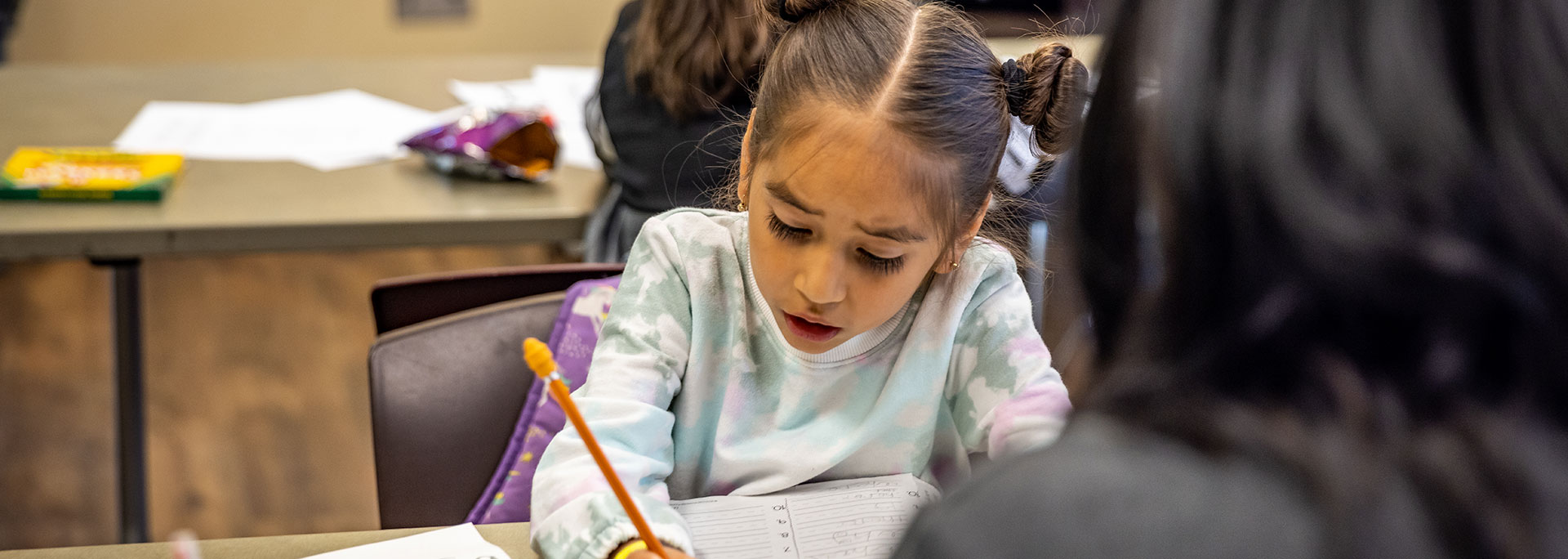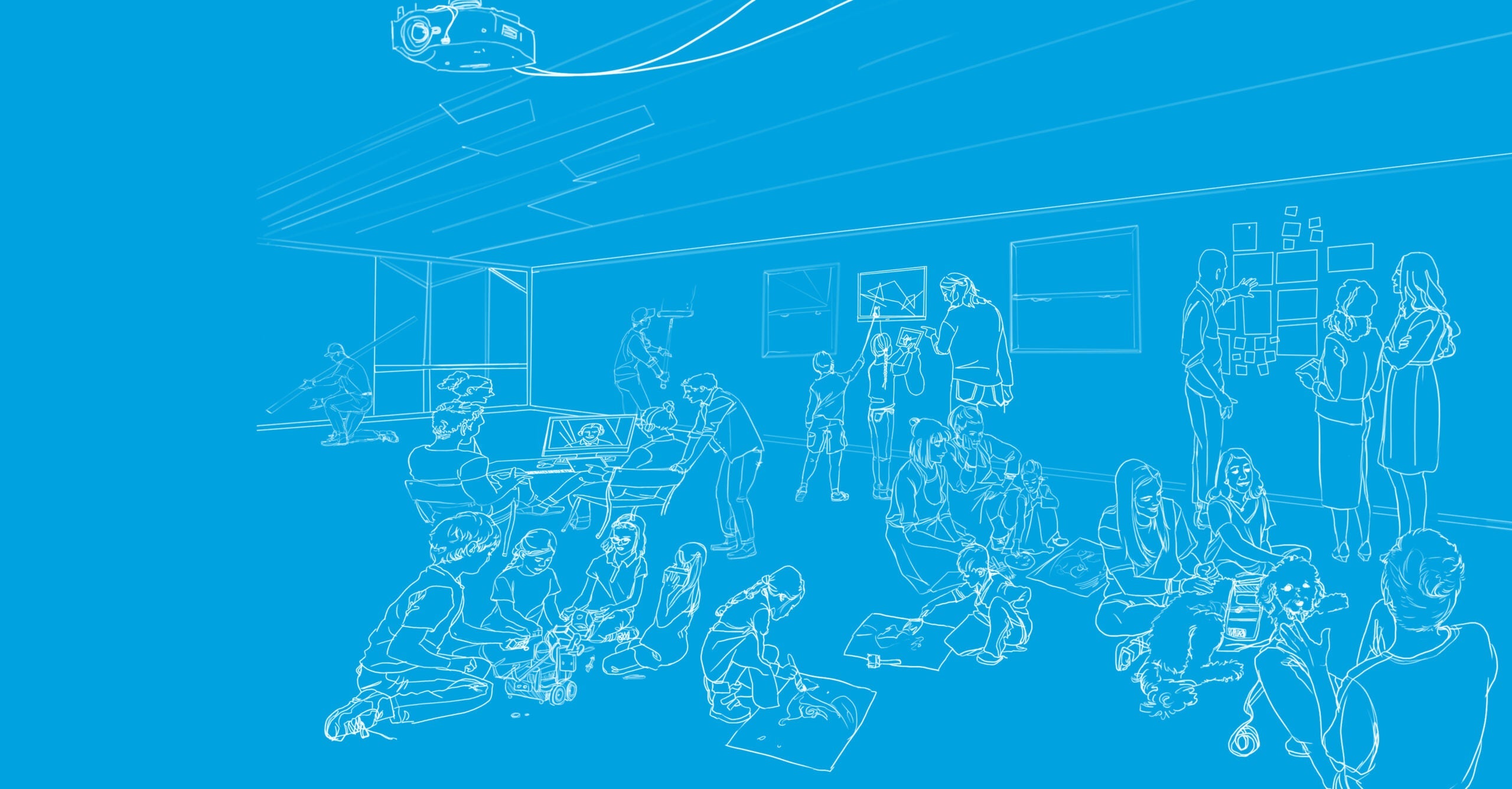
Leveraging community educators in learning
How do educator teams leverage community educators in learning? Read on for examples of real projects from Next Education Workforce schools that have invited community educators into learning spaces to connect with learners and deepen and personalize learning.
Who are community educators?
Community educators are youth-serving professionals and volunteers who provide capacity and insight in service of deepening and personalizing student learning. They enrich learning environments by forging authentic relationships, sharing expertise and expanding networks. In Next Education Workforce models, community educators connect as part of educator teams, where they leverage their knowledge and skills to complement the work of professional educators.About this collection
These resources are designed to illustrate how schools and educator teams are leveraging community educators in learning. Additional resources are available to help educators and school leaders identify, connect with and incorporate community educators.Resources

Living Library
The Living Library brought more than 35 community educators — from stay-at-home parents to investment bankers — to connect with high school students struggling to see the importance of learning math.

Mock Trial
Activating a lawyer for unit planning support is a great example of a community educator contributing to the distributed expertise of a team. Learn how.

Driving Academic Progress
Learn more about how one school system leveraged bus drivers as literacy tutors between driving shifts.

Community Circles
When a child enrolls at Jefferson Elementary, they are assigned to a community circle composed of at least one child from each grade level. Explore this resource to learn more about the program and its impact on learning for students and for staff.

Literacy Accelerators
Two to four times per week, Skyline High School teacher academy students assume the role of community educator at their feeder school, Stevenson Elementary.

Medical Innovations
To gain an understanding of a variety of medical conditions and how they affect the people who face them, the 4–6 grade teaching team assembled ten community educators to participate in interviews with their students.